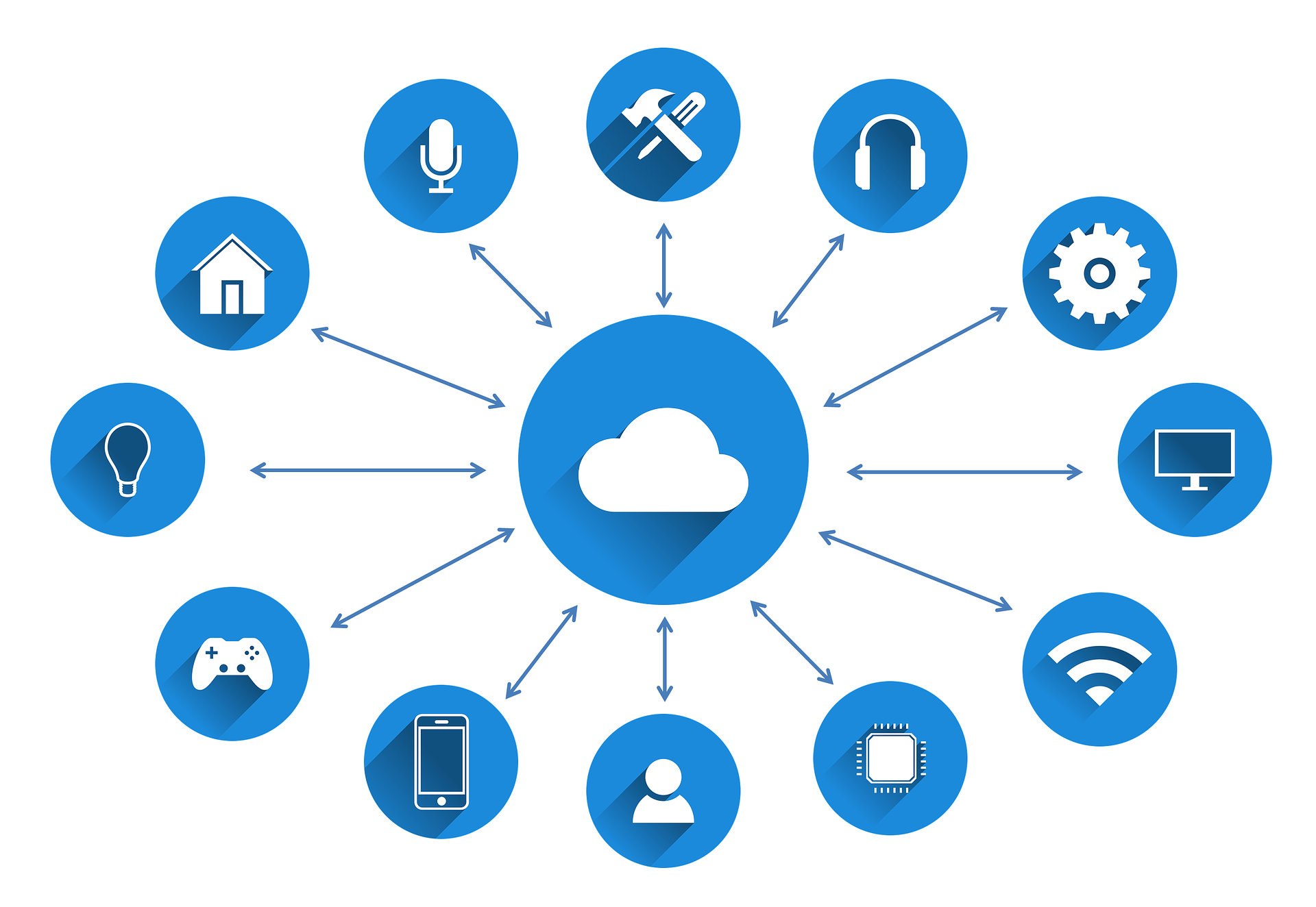The Internet of Things, also commonly known as IoT, has been one of the hottest tech topics in recent years. IoT devices have a wide range of applications for both commercial and personal purposes including home security, supply chain control, motion detection, energy management, home appliances, health surveillance, and much more. There are an estimated 36 billion IoT devices worldwide, with that figure expected to climb to 75 billion by 2025. Today, it is already a $200 billion industry. Let’s look at some of the statistics and trends driving IoT in 2021 and beyond.
5G Cellular Driving IoT Growth
5G technology has become one of the primary drivers of the IoT, and this will continue in the coming years. By 2024 there will be almost 2 billion 5G cellular subscriptions, and it is estimated that 63% of mobile device subscriptions in North America will be 5G.
New Devices Coming Online
The seemingly exponential growth of both commercial and residential IoT devices will continue as internet-connected devices including televisions, medical sensors, watches, bike locks, alarm systems, microwaves, smoke alarms and even tennis rackets are created and utilized. 127 new devices are connected to the internet every second.
Vehicles and IoT
Research suggests that internet-connected devices will become the norm in the next few years. Nearly 70% of vehicles around the world will be connected to the internet by 2023. In the U.S. the figure will be even higher, with an estimated 90% of vehicles connected to the internet.
Smart Cities Investing in IoT
Cities that embrace new technology like IoT and artificial intelligence will continue to pull away from other cities that have not invested (or don’t have the resources to invest) in this new technology infrastructure. The top 600 smart cities are expected to make up 60% of worldwide GDP by 2025.
IoT and Cybercrime
Research suggests that it takes only an average of five minutes for an IoT device to be attacked after it has connected to the internet for the first time. While the IoT holds great promise for consumers, it also presents new opportunities for cybercriminal attacks.
Business Cybersecurity
Despite the rise in cyber attacks in the IoT, businesses have not fully caught on to how to defend against such attacks. 48% of businesses that use IoT can’t tell when they experience network breaches. This presents an urgent need for developers who know how to spot and defend against network compromises.
Business Investment in IoT
Companies have quickly recognized how beneficial IoT technology can be to everyday operations and are expected to invest $15 trillion in IoT technology by 2025. There are a number of cities as well as companies like health care providers and manufacturers that have invested in IoT technology for the future to stay ahead of the curve.
The Future of the IoT Market
Various reports have suggested that the IoT could be worth $4 trillion, $5 trillion, or even $10 trillion in the next several years. Although the projections differ, they are agreed on one thing—there will be rapid and prolonged growth in the market.
It’s clear that the IoT isn’t going anywhere. Companies in a variety of industries will be in need of trained and skilled web developers and designers who know how to most effectively harness IoT technology to deliver consumers with the technology experiences they are looking for. The Web Professionals Organization is dedicated to all professionals who utilize the internet each and every day as the IoT continues to expand.

